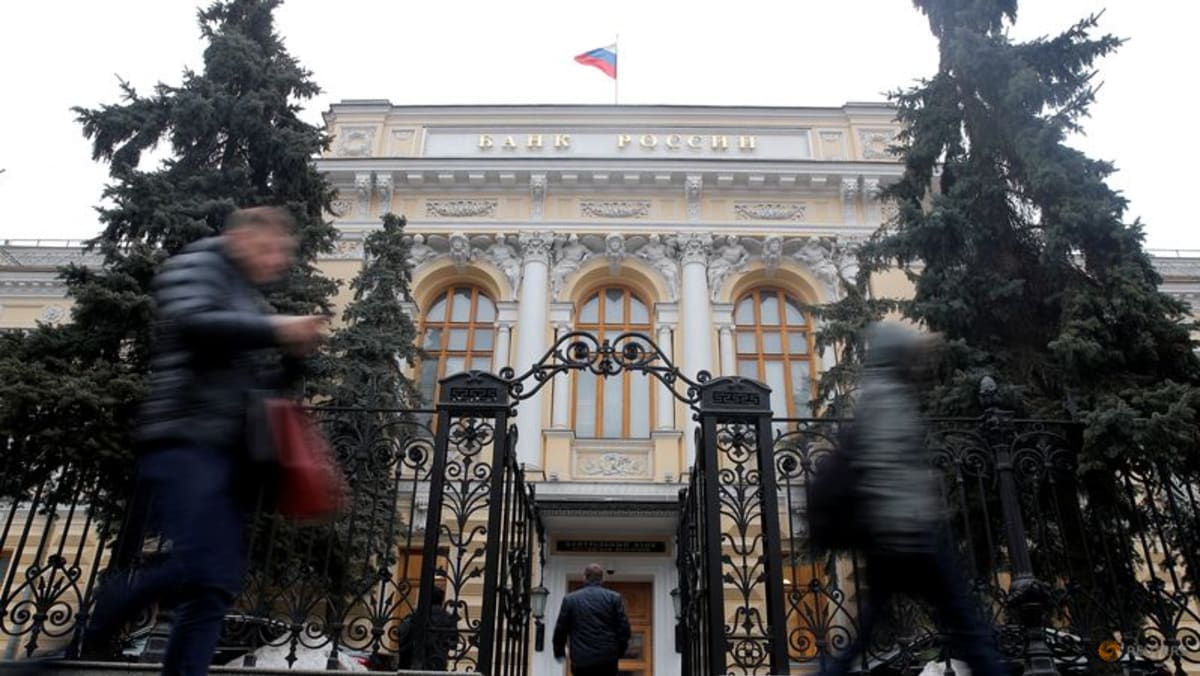Explainer: Clock ticks down towards a Russian default
WHAT TYPE OF DEFAULT?
At its most basic level, a default is a breach of contract, though the term can cover a variety of scenarios.
Payment default is a failure to pay principal, interest or other amounts due after the grace period has passed, according to a paper by restructuring experts at the International Monetary Fund.
However, there are also technical defaults due to events such as administrative errors, generally viewed by market participants as minor and swiftly remedied.
Legal experts say payment in the wrong currency, in this case roubles, constitutes a non-payment.
Russia has dismissed the notion of a default.
“In theory, a default situation could be created but this would be a purely artificial situation,” Kremlin spokesperson Dmitry Peskov said on Wednesday. “There are no grounds for a real default.”
WHO WOULD CALL A DEFAULT?
A default is a state of affairs, not a credit rating though markets often look to credit-rating agencies to declare a default has occurred.
S&P, assigning Russia a “selective default” rating, said it did not expect investors would be able to convert the rouble payments into dollars equivalent or that the government will convert those payments within a 30-day grace period.
With major ratings agencies having withdrawn ratings on Russia it is not entirely clear what manner of announcements might be made.
A default will have wider ramifications.
It could, for example, trigger credit default swaps (CDS) – an insurance policy bought by investors for such a case. A determinations committee will take a view on whether a “non-payment” event has occurred. However, such a decision is generally taken after the grace period has passed.
There are around US$6 billion worth of CDS contracts outstanding on Russia.
WHAT ELSE COULD HAPPEN?
Russia could unilaterally declare a moratorium – a temporary or permanent payment stop.
Made as an announcement or legislation separate from the missed payment, a moratorium can come before or after the payment default, according to the IMF.
A government might announce a moratorium as an interim measure to halt payments before launching a debt restructuring, as Mexico did in 1982.
The declaration of a moratorium is also one of the potential triggers for CDS contracts.
WHAT HAPPENS AFTER A DEFAULT?
Debt obligations at risk of, or already in, default are often snapped up by funds specialising in distressed situations, either hoping to make money when a restructuring is eventually worked out or to litigate in courts with the aim of getting compensation or seizing a debtor’s assets instead.
However, litigation and asset seizures are lengthy and costly processes. Many previous attempts have been unsuccessful, such as when creditors tried to seize Argentina’s famous navy vessel, the ARA Libertad, in 2012 over a debt default a decade earlier or Argentine dinosaur fossils exhibited in Europe.
For all the latest world News Click Here

